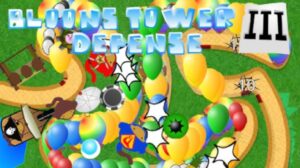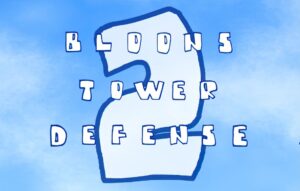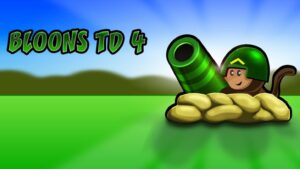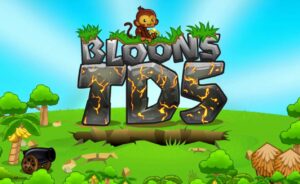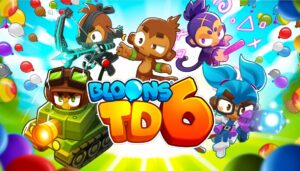This (Defense of the Ancients) is a highly competitive multiplayer online battle arena (MOBA) game that has captivated millions worldwide.
Originating as a fan-made mod for Warcraft III, it evolved into a standalone franchise with Dota 2, developed by Valve Corporation. The game is renowned for its complex gameplay, strategic depth, and thriving esports scene.
This article delves into Dota’s origins, gameplay mechanics, advanced strategies, system requirements, and what makes it an enduring favorite in the world of competitive gaming.
File size
Development and Release of Dota
Originally created as a community mod in the early 2000s, Dota transformed the RTS genre by introducing hero-based gameplay in a team-versus-team format. Valve officially released Dota 2 in 2013, maintaining the core principles of the original while enhancing graphics, matchmaking, and accessibility.
The development focused heavily on balancing heroes, fostering competitive integrity, and supporting a massive esports infrastructure. With regular updates, seasonal events, and a passionate player base, Dota continues to evolve as a global phenomenon.
Moreover, if the thrill of this game has kept you on the edge of your seat, dive into Dota 2 for a new adventure filled with even more action-packed moments!
Storyline and Setting of the Game
Dota is set in a mystical world where two rival factions—the Radiant and the Dire—battle for supremacy. Each team defends their Ancient, a powerful structure at their base, while attempting to destroy the opposing team’s Ancient.
Though the game’s narrative isn’t story-driven in the traditional sense, its lore enriches hero backstories and in-game events, providing a compelling backdrop for intense battles.
Game Modes in Dota
The game offers various modes to keep players engaged:
- All Pick: The standard competitive mode where players select heroes freely.
- Captain’s Mode: Used in professional tournaments, with team captains drafting heroes.
- Turbo Mode: Faster gameplay with increased gold and experience gain.
- Ability Draft: Players select abilities from a pool to create unique heroes.
- Custom Games: Community-created modes offering diverse gameplay experiences.
Gameplay Mechanics of Dota
The core mechanics blend action, strategy, and teamwork:
- Hero Selection: Over 120 heroes each with unique abilities and roles like carry, support, or initiator.
- Lane Control: Teams compete over three lanes to control map objectives.
- Item Builds: Players customize heroes with items that enhance stats and abilities.
- Creeps and Farming: Killing neutral and lane creeps to gain gold and experience.
- Team Fights and Objectives: Coordinated team battles to control Roshan (a powerful boss) and destroy enemy structures.
Beginner Tips and Tricks
Starting your journey in Dota? Keep these pointers in mind:
- Learn a Few Heroes Well: Focus on mastering a handful of heroes to understand mechanics deeply.
- Map Awareness: Regularly check the minimap to anticipate enemy movements.
- Last-Hitting: Practice timing attacks to kill creeps and maximize gold income.
- Communicate: Use pings and chat to coordinate with teammates.
- Warding: Place wards to reveal enemy locations and avoid ganks.
Features that Define Dota Game
Dota offers a collection of standout elements that make it one of the most respected and enduring titles in competitive gaming. Each feature contributes to its depth, replayability, and global popularity.
1) Diverse Hero Pool
Dota features an expansive roster of unique heroes, each offering a distinct set of abilities and roles. From agile assassins to powerful spellcasters, the game provides endless possibilities for creating different strategies. This variety ensures that no two matches feel the same, keeping gameplay fresh and engaging.
2) Complex Strategy and Teamwork
Victory in Dota goes far beyond individual skill—it demands coordinated teamwork and meticulous planning. Players must communicate effectively, adapt to changing situations, and execute precise tactics to outmaneuver opponents. The deep strategic layer makes every game a test of both mental sharpness and collaboration.
3) Dynamic Map and Objectives
The game’s map is filled with constantly changing conditions and objectives, from defending towers to securing Roshan. Environmental elements, vision control, and jungle resources add complexity to the battlefield. This ever-evolving landscape ensures that players must adapt their tactics on the fly.
4) Regular Updates and Balancing
Dota receives frequent patches that adjust hero abilities, item effects, and gameplay mechanics. These updates help maintain a balanced competitive environment and introduce new features that keep the community engaged. As a result, the meta remains dynamic and constantly evolving.
5) Thriving Esports Scene
The game’s competitive scene is one of the largest in the world, highlighted by prestigious events like The International. These tournaments draw millions of viewers and offer record-breaking prize pools. The high level of professional play inspires new strategies and keeps the game at the forefront of esports.
Why Dota Game Stands Out
Dota remains a pillar of competitive gaming due to its unmatched depth and strategic complexity. Its steep learning curve rewards dedication and skill, while its evolving meta keeps the experience fresh for veterans and newcomers alike.
The combination of individual hero mastery and intricate team dynamics ensures each match is unique and exhilarating. Its global community and professional circuit elevate it beyond a game to a cultural phenomenon.
Advanced Gameplay Strategies
For seasoned players aiming to improve:
- Effective Team Coordination: Communicate ultimate ability timings and focus targets during fights.
- Split Pushing: Apply pressure on multiple lanes to stretch enemy defenses.
- Vision Control: Deny enemy vision while maintaining your own for better map control.
- Item Timing: Optimize the timing of key item purchases to power spike at crucial moments.
- Counter-Picking: Choose heroes that exploit the weaknesses of the enemy lineup.
System Requirements
Ensure your system meets these specs for smooth gameplay:
- OS: Windows 7 or newer / macOS / Linux
- Processor: Dual-core from Intel or AMD at 2.8 GHz
- Memory: 4 GB RAM
- Graphics: NVIDIA GeForce 8600 / AMD Radeon HD 2600 or better
- Storage: At least 15 GB available space
- DirectX: Version 9.0c or higher
Whether you’re looking for a strategic challenge or a vibrant esports scene, Dota offers a deep and rewarding experience. With constant updates, a passionate player base, and endless strategic possibilities, it continues to define the MOBA genre.


